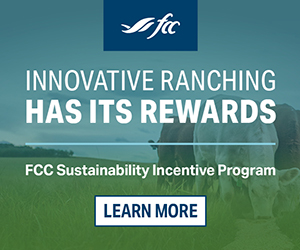AB Direct - Steers
Rail: 492.00-493.50 FOB feedlot (last week)
AB Direct - Heifers
Rail: 492.00-493.50 FOB feedlot (last week)
US Trade- Steers
Rail: 355.00-363.00 (IA, NE) last week
US Trade - Heifers
Rail: 355.00-363.00 (IA, NE) last week
Canadian Dollar
0.19

Reminders for humane transport
Every day, thousands of cattle travel by trailer. Most of these animals are fit for the journey and experience no negative outcomes. However, there are instances where we must ask, “is this animal fit to load and be transported?”
Updates to the Health of Animals Regulations Part XII, Humane Transport took effect in 2020. Now, there are certain conditions listed in legislation that determine an animal’s fitness for transport.
First, a couple of definitions:
Unfit – cannot be transported except upon the order of veterinarian to receive care.
Compromised – can be transported only to the nearest place where it can receive care or be humanely killed (this place cannot be an auction market except in an emergency situation). In these cases, you must use special provisions like loading in a separate compartment, providing extra bedding, and the maximum journey must be less than 12 hours.
Conditions that render an animal unfit for transport include, but are not limited to: very poor body condition, severe cancer eye, extreme bloating and lameness to the extent that it can’t walk on all four legs and exhibits signs of pain, halted movement or a reluctance to walk. If a cow is in the last 10 per cent of gestation or has given birth during the previous 48 hours, it is also unfit for transport.
Conditions that render an animal compromised for transport include, but are not limited to: unhealed injuries, blindness in both eyes, peak lactation, an unhealed or acutely injured penis, mild bloat or lameness that doesn’t fit the unfit definition.
Lameness can be one of the more difficult conditions to accurately judge prior to loading. Is the animal simply stiff, or is there a problem with mobility and they are in pain?
Tools like locomotion scoring can help to objectively determine whether an animal’s gait is normal, and if they should or shouldn’t get on that trailer.
It’s critical to familiarize ourselves with the various conditions that would classify cattle as compromised or unfit for transport, to ensure public confidence in our production systems. It only takes one viral video to ruin livelihoods.
More information is available on the CFIA website at inspection.canada.ca.

This article was first published in Volume 3 Issue 4 of ABP Magazine (December 2023). Watch for more digital content from the magazine on ABP Daily.



